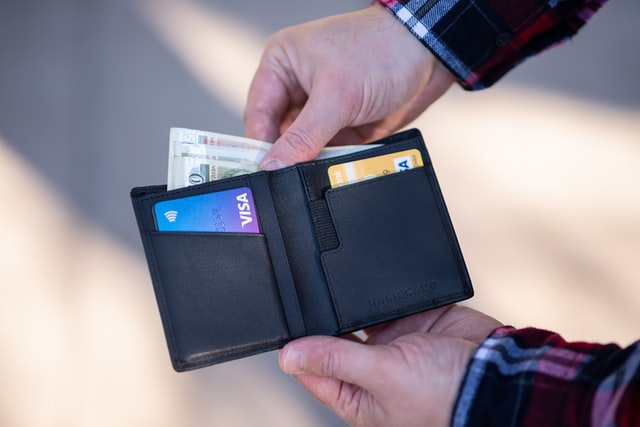Pitfalls of paying by cashless methods when trying to reduce spending

Paying with cash
Many consider that purchasing items using cash helps to control spending. One reason to explain this is that there is more time to reconsider the purchase and whether you want to hand over your hard-earned cash.
Another reason is that paying by cash provokes the feeling of financial loss seeing money disappear from your wallet as you buy something.
This feeling can help stop impulse purchases if paying by cash only.
Paying by a non-contactless card also helps to some extent as you still have to physically hand over your bank card and manually enter your PIN before a transaction is processed.
Is contactless too convenient?
However, while it is convenient to pay by contactless card or by the tap of your phone, this method can take away accountability. This is because there is no physical money leaving your wallet and leaves behind a diminished sense of financial loss when paying via a simple tap of the card.
With the coronavirus pandemic restricting the physical exchange of cash, this has led to a significant increase in contactless payments. Instead of relying on cash to stem spending and impulse purchases, a different approach is needed.

Kick-start your journey to developing sustainable spending habits.
Start building your financial tracker with our online course.
Learn more →Actively monitoring spending
Being actively involved in monitoring spending by manually categorizing transactions can be an effective technique to managing your finances.
This also avoids using third-party tracker apps which require direct access to your personal bank accounts to analyse your transactions.



